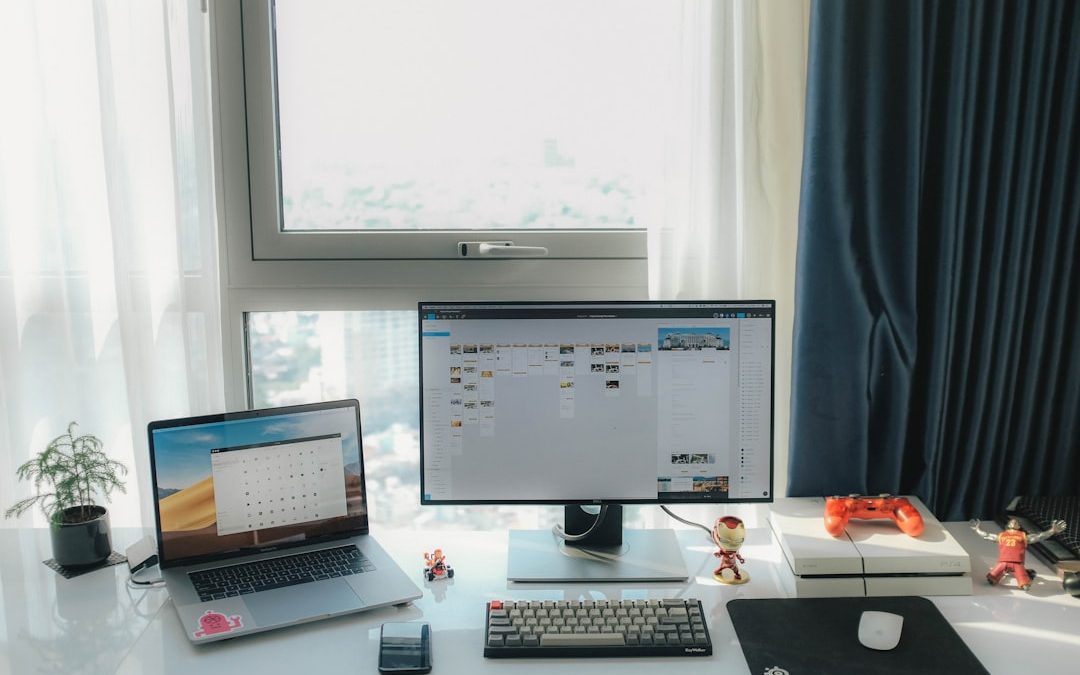As digital workplaces become more prevalent, employee portals are increasingly used to streamline communication, access internal tools, manage HR services, and track workflows. Platforms such as MyInsider are essential for these needs, offering secure logins for employees to access vital company resources. But with convenience comes risk – ensuring security hygiene for these login portals is more important than ever.
Cybersecurity threats like phishing, brute force attacks, and credential stuffing have elevated the need to prioritize login security on employee portals. This article explores the best practices for maintaining strong security hygiene for platforms like MyInsider, and provides insights into how organizations and individuals can safeguard sensitive data.
The Need for Secure Employee Portals
Employee portals serve as centralized hubs for internal operations. Employees log in regularly to:
- View pay stubs and tax documents
- Access project management tools
- Submit leave requests and track attendance
- Receive internal announcements and company news
- Communicate with teams through collaborative tools
Because these systems contain sensitive personal and professional data, they’re prime targets for cybercriminals seeking unauthorized access. Once inside, attackers may steal identities, manipulate records, or access proprietary business information. This makes security hygiene a priority for both developers and end-users.
Understanding Login Vulnerabilities
Common vulnerabilities surrounding employee portal logins include:
- Weak Passwords: Many users still employ obvious or repeated passwords, making them easy to guess.
- Phishing Attacks: Fake emails or links trick users into revealing their credentials.
- Session Hijacking: Attackers intercept a user’s session to gain unauthorized access.
- Unsecured Connections: Accessing portals via unencrypted or public networks increases risk.
Organizations can’t afford to overlook these vulnerabilities. Secure login protocols provide the foundation for broader cybersecurity resilience.
Best Practices for Login Security Hygiene
Employers and employees both play a role in ensuring secure access to portals like MyInsider. Here are vital best practices:
1. Enforce Strong Password Policies
Employees should create passwords that are at least 12 characters long, incorporating a mix of uppercase and lowercase letters, numbers, and symbols. Avoiding common words or sequences is essential.
2. Implement Multi-Factor Authentication (MFA)
MFA requires users to verify their identity with a second factor, such as a text code or authenticator app. Even if credentials are compromised, MFA blocks many unauthorized access attempts.
3. Educate Users on Phishing Awareness
Training sessions and simulated phishing campaigns help employees recognize suspicious emails and links. Empowering users with knowledge reduces the risk of them falling victim to social engineering schemes.
4. Monitor Login Activity
Security teams should implement monitoring tools that can detect irregular login behaviors, such as multiple failed attempts or logins from unusual IP addresses.

5. Use Secure Connections Only
Employees should always access portals using secure, encrypted Wi-Fi networks. VPNs (Virtual Private Networks) provide an extra layer of protection when connecting from public or remote networks.
6. Log Out When Not in Use
Automatic time-outs and encouraging users to log out of inactive sessions helps prevent unauthorized access via compromised devices.
How Companies Are Enhancing Portal Security
Forward-thinking companies that rely on portals like MyInsider are adopting new authentication frameworks. One notable trend is the migration toward passwordless authentication. Techniques include:
- Biometric Logins: Facial recognition and fingerprint scans are increasingly integrated into portal apps.
- Single Sign-On (SSO): Employees log in once and gain secure access to multiple systems, reducing password fatigue and exposure.
- Security Keys: USB or Bluetooth keys that work as physical authentication devices.
These solutions not only improve security but also enhance the user experience by simplifying the login process. The adoption of standards such as FIDO2 and WebAuthn enables modern, safe authentication across browsers and platforms.
Security Begins at the Design Stage
Portals like MyInsider must incorporate security principles during their software development. Secure coding practices, vulnerability scans, and regular penetration testing are just as vital as user-facing protections. An integrated DevSecOps model ensures security is part of every software update.

The Role of the Employee
Employees are often the first line of defense in securing login information. While IT teams provide the tools and training, it is the responsibility of every user to:
- Report suspicious activity or emails promptly
- Protect their devices with antivirus and OS updates
- Change passwords regularly
- Refrain from writing down login credentials
A culture of cybersecurity awareness can transform a company’s risk profile. Regular refresher courses and real-world scenario training keep employees alert and responsive.
Consequences of Poor Hygiene
The ramifications of poor login security hygiene can be dire:
- Data Breaches: Leaked employee information can lead to identity theft and lawsuits.
- Intellectual Property Loss: Confidential business strategies or client information may be stolen.
- Regulatory Fines: Non-compliance with data protection laws such as GDPR or HIPAA can incur financial penalties.
- Reputation Damage: Clients and staff may lose trust in the company’s ability to protect sensitive data.
Conclusion
Security hygiene is not just an IT responsibility – it is a shared duty among all stakeholders within an organization. Portals like MyInsider are indispensable to modern workplace operations, but they must be shielded with strong, multi-layered security. Organizations that prioritize robust login protocols, user education, and emerging authentication technologies can ensure their internal systems remain safe from intrusions.
Ultimately, the best defense against cyber threats is a well-informed and vigilant workforce paired with well-implemented security technologies.
Frequently Asked Questions (FAQ)
- What is an employee portal like MyInsider?
- An employee portal is a secure online platform used by staff members to access internal company resources such as payroll, HR tools, and project dashboards. MyInsider is one such example offering centralized service access.
- Why is login security important for employee portals?
- Since portals often store sensitive professional and personal information, strong login security prevents unauthorized access, data breaches, and protects overall business integrity.
- How can I create a strong password for portal login?
- Use a mix of uppercase and lowercase letters, numbers, and symbols. Avoid using birthdays, names, or common words. Consider using a password manager for enhanced password strength and storage.
- Is multi-factor authentication really necessary?
- Yes. MFA adds an essential layer of protection even if your login credentials are stolen. It significantly lowers the risk of unauthorized access to your account.
- What should I do if I think my portal account has been compromised?
- Immediately change your password and notify your IT department. Most companies have a protocol for investigating and mitigating potential phishing or hacking incidents.
yehiweb
Related posts
New Articles
How to Change Reference Number in LaTeX
LaTeX is renowned among researchers, engineers, and academics for its precision in formatting documents, particularly those that are heavy on…


